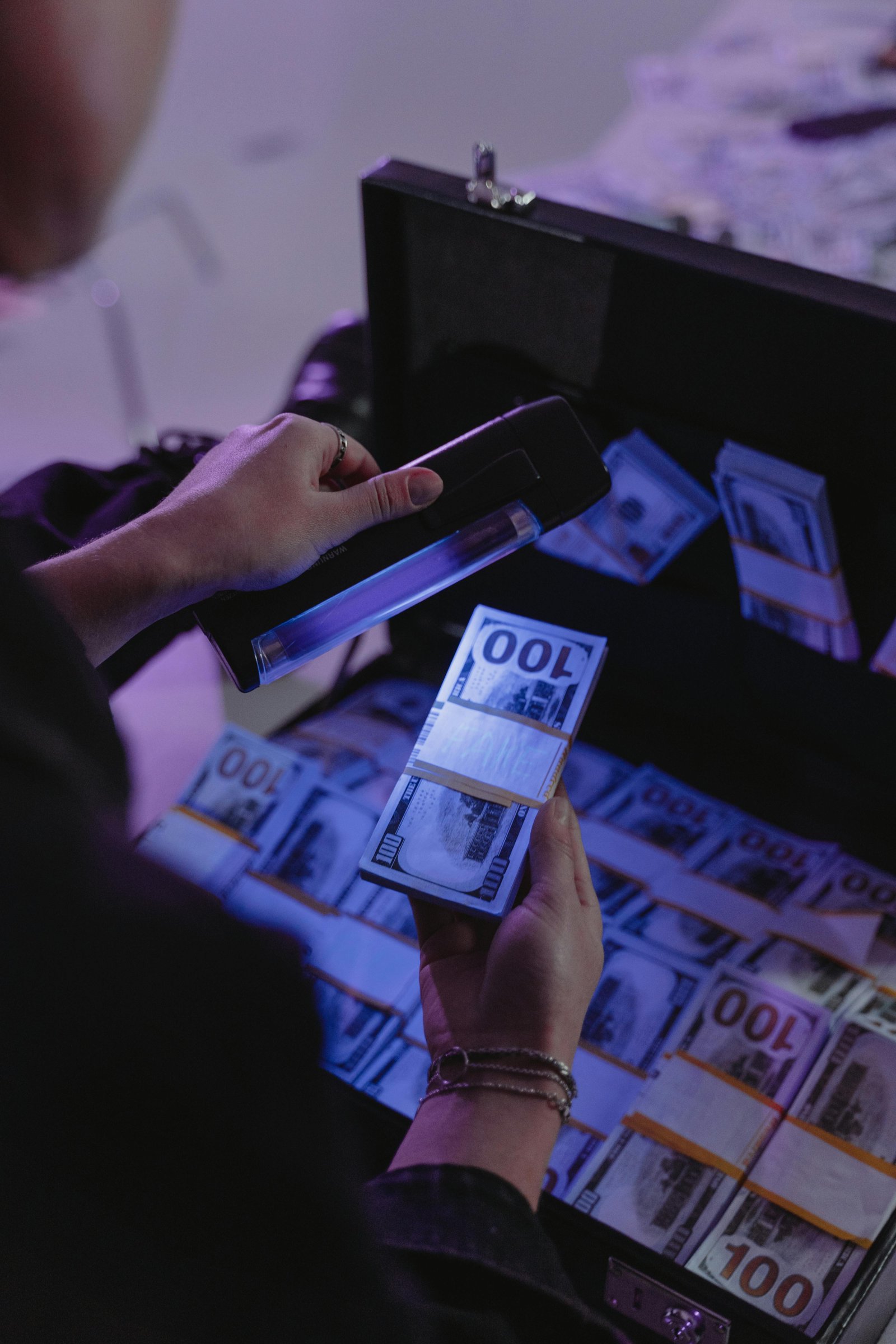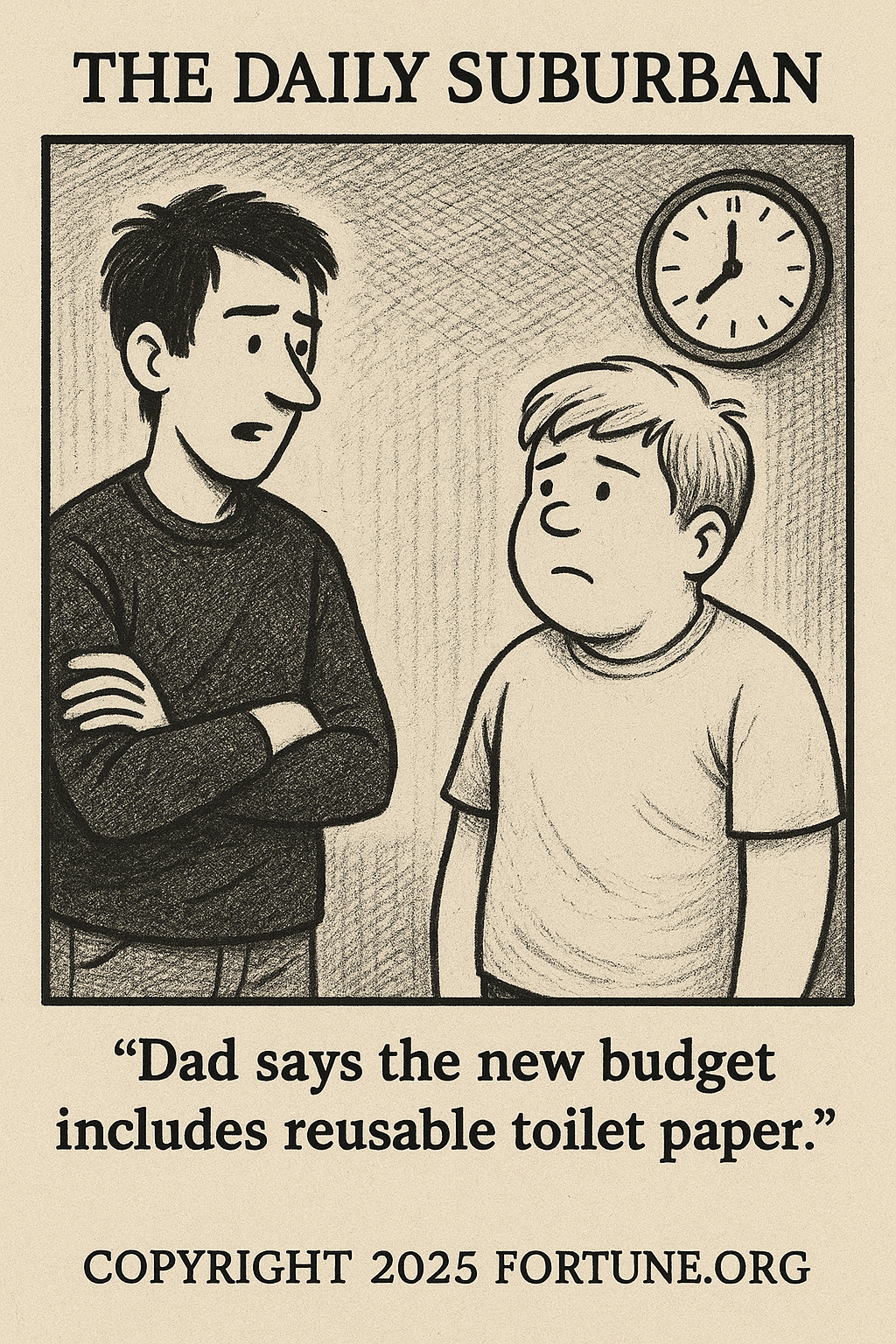The Whisper Stack: ChatGPT Users Are Quietly Printing Cash With Micro-Narrative Markets

It’s not illegal. It’s not exactly ethical. But it’s working — and regulators haven’t caught on.
In a quiet strip mall outside Reno, Nevada, a former fantasy novelist and a part-time quant analyst are running what may be the strangest revenue-generating use of ChatGPT in the country. They call it The Whisper Stack, and it’s minting cash.
| “We’re not predicting the market,” says one source. “We’re rehearsing the story the market wants — before it’s told.” |
Here’s how it works:
1. They feed ChatGPT thousands of short prompts based on real-time headlines, rumors, and sentiment spikes.
2. GPT generates micro-narratives — fictional news blurbs, plausible CEO quotes, and emotional investor reactions.
3. They A/B test these outputs across Reddit, TikTok, and private Discord servers, measuring which stories get clicks, shares, and engagement spikes.
4. Then — and only then — they use the winning narrative structure to launch real ad campaigns, buy domain names, or bet on meme-stock movement before it hits.
| The average ROI per narrative? Anywhere from 3x to 17x depending on virality and speed of deployment. |
They’ve used ChatGPT to:
* Create a fake backlash against a fake app — then launch the real app in its wake
* Write divorce rumors about a mid-tier fintech CEO — then buy puts before earnings
* Launch GPT-generated Substacks under pseudonyms, sell affiliate links, then archive the entire persona
The team claims zero upfront investment beyond OpenAI’s API fees and a few proxy servers. “It’s the cleanest money I’ve ever made,” one says.
Is it market manipulation? Technically no — nothing published is presented as factual. But the impact on public sentiment and click behavior is real. One post allegedly caused a 5% spike in options activity for a Chinese EV stock after a GPT-crafted rumor about U.S. fleet contracts.
| The entire system runs on a private pipeline they call Narrative Flow Engine. |
“It’s not a scam,” says the founder. “It’s accelerated fiction — deployed at the speed of money.”
SEC officials declined to comment.
Want more? Email us or Join Us in the Forum!
Texas Bans Phones in Schools — Betting Big on Brainpower and Billion-Dollar Futures

With U.S. test scores in freefall, Texas leaders are yanking phones from students’ hands — and banking on a brain reset that could supercharge America’s tech wealth pipeline.
| Texas officials believe reclaiming student focus is the single most powerful investment the state can make in its future GDP. |
Across the Lone Star State, school districts are rolling out sweeping bans on student cell phone use during class hours — and in some cases, across entire campuses. But this isn’t just about discipline. It’s about economics.
In 2024, American students ranked near the bottom in global math and science assessments — below countries with a fraction of the U.S. education budget. Employers, meanwhile, are starving for skilled workers in robotics, machine learning, cybersecurity, and AI systems engineering. The disconnect is costing trillions.
| “The data is unforgiving,” said one Dallas-area superintendent. “TikTok engagement is up. Reading scores are down.” |
The school phone bans are designed to rebuild what experts call deep work capacity — the sustained, undistracted focus required for high-earning careers in AI development, quantum systems, autonomous vehicle architecture, and biotech R&D.
If successful, this policy could create a pipeline of homegrown talent ready to dominate emerging industries — without the crushing debt of elite universities.
“We’re not trying to punish kids,” said a state education board member. “We’re trying to unlock billion-dollar brains before they get buried under dopamine.”
| Texas may be first — but if test scores rise and career outcomes follow, expect a national movement. |
Tech entrepreneurs are already eyeing the trend, developing AI-driven learning platforms to capitalize on distraction-free environments. One Austin-based startup claims its app boosts retention by 20% in phone-free classrooms.
And behind it? A simple premise: focus fuels fortune.
Want more? Email us or Join Us in the Forum!
Grok’s Shadow Trades: Elite Prompters Turning xAI’s Queries Into Underground Cash Machines

In hidden Discord servers and encrypted Telegram channels, a new breed of “prompt engineers” is using Grok — xAI’s irreverent AI — to generate cash flows that rival hedge fund returns. But it’s not the answers they’re selling. It’s the questions.
| “Grok isn’t just an AI. It’s a black market oracle,” whispers one anonymous user. |
The scheme starts simple: Craft hyper-specific prompts that leverage Grok’s real-time X integration and “fun mode” to uncover market edges. One group feeds Grok live tweet sentiment, then asks it to “roast” potential stock crashes — generating satirical narratives that double as trading signals.
Another uses Grok to simulate “what if” scenarios for crypto pumps, creating fake news threads that predict viral memes before they hit. The output? Pre-written press releases and ad copy, sold to pump-and-dump operators for six-figure fees.
| The real genius? Grok’s speed. “It spits out gold in seconds,” says a prompt trader. |
Insiders estimate the network has minted over $10 million in 2025 alone — all from a tool designed for “maximum truth-seeking fun.” xAI declined comment, but sources say internal logs show a spike in finance-related queries.
One tactic involves using Grok’s conversational style to craft viral X posts that drive traffic to niche affiliate sites. A single prompt can generate a thread that garners 50,000 impressions, funneling clicks to high-margin products.
| “We’re not breaking laws,” claims one operator. “We’re just asking better questions than anyone else.” |
Is it legal? Barely. But as Grok evolves, so does the shadow economy around it.
Want more? Email us or Join Us in the Forum!
